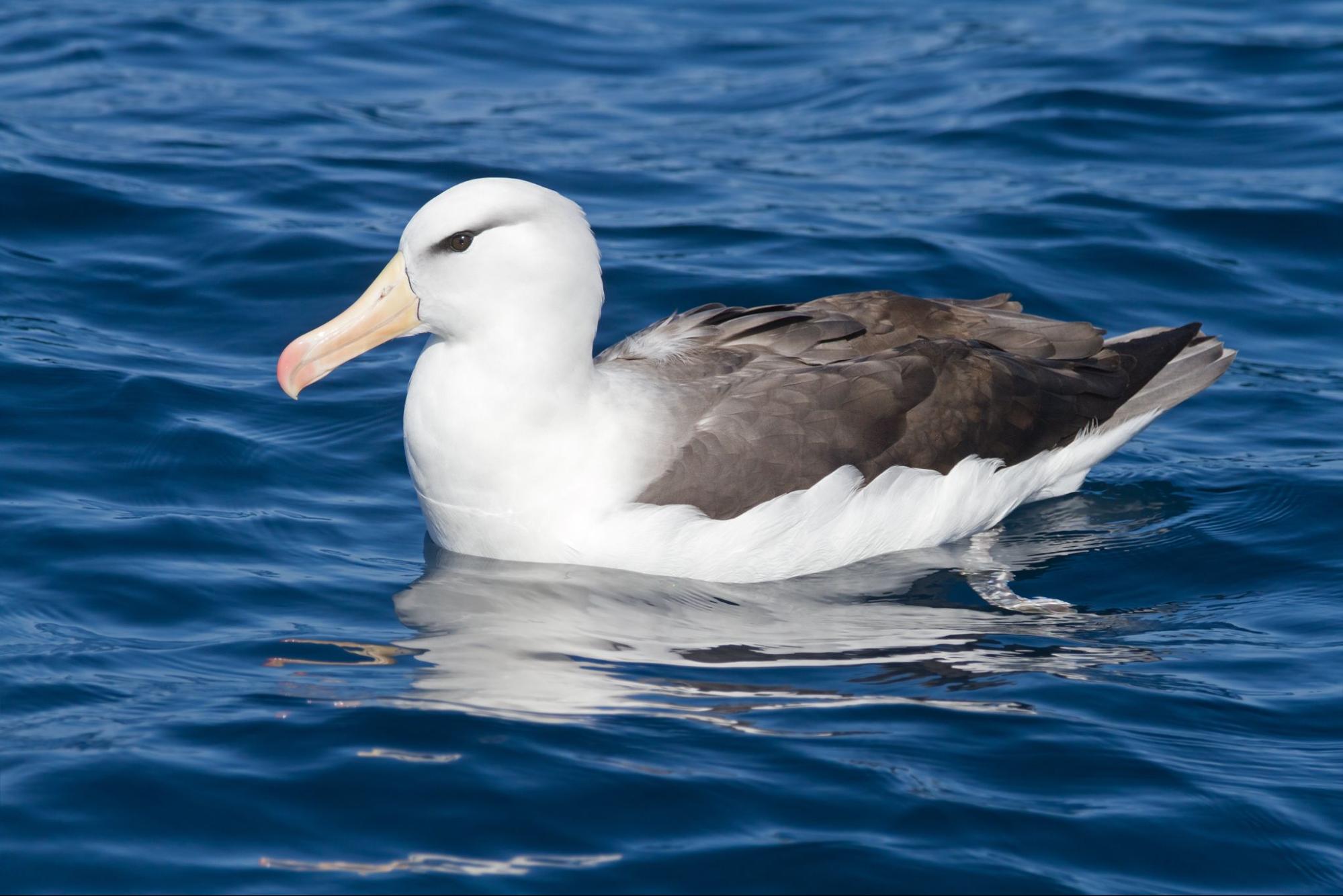Important Facts For Prelims
Black-browed Albatross
- 21 Dec 2021
- 2 min read
Why in News
A recent study has provided evidence of the effect of environmental conditions on the longevity of relationships — among a population of albatrosses
- According to the researchers, climate change and warming waters are pushing black-browed albatross break-up rates higher.
Key Points
- Black-browed Albatross:
- Scientific Name: Thalassarche melanophris

- They are a member of the albatross family Diomedeidae, the ‘tube-noses’, related to shearwaters, petrels, and fulmars.
- It is the most common and widespread albatross.
- The name for this large seabird comes from the dark black plumage above their eyes.
- Albatrosses are true marine birds, traversing the oceans in the southern hemisphere, returning to land only to breed.
- Scientific Name: Thalassarche melanophris
- Distribution:
- They are found anywhere in the south Atlantic and circumpolar in the southern hemisphere. It can travel further to the north with cold currents.
- During September and October, these birds breed on south Atlantic islands such as South Georgia and the Falkland Islands, South Sandwich, and the Cape Horn islands.
- Threats:
- Hunting & trapping terrestrial animals
- Fishing & harvesting aquatic resources
- Invasive and other problematic species, genes & diseases
- Volcanoes
- Climate change & severe weather
- Protection Status:
- IUCN: Least Concern




